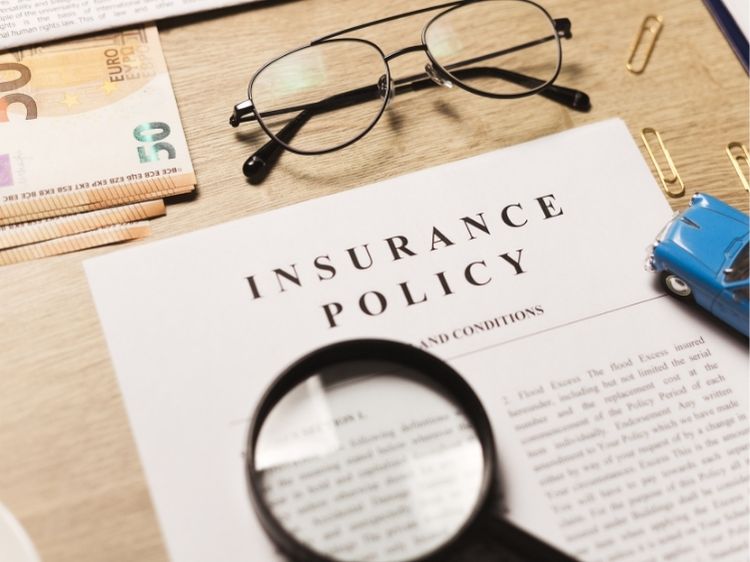If you’ve ever hired a car or vehicle, you’ve probably encountered the phrase “gap insurance.” Although it could appear to be something that’s not needed it can actually be a vital part of safeguarding your financial assets in the case that you are involved in an accident. What is the purpose of gap insurance as well as is it worth the expense? Let’s take a look.
What Is Gap Insurance?
Gap insurance, which is short for Guaranteed Asset Protection Insurance is designed to pay for the difference, or “gap”–between what you are owed on your car lease or loan and the car’s market value in the event of an eventual loss. Automobiles appreciate rapidly and when your vehicle is declared as a loss in the aftermath of an accident or theft the insurance you have on your auto typically only covers the car’s market value. It could leave you liable for the balance on the loan or lease from your pocket.
For instance, if your vehicle’s value is $18,000, but it still has a balance of $23,000 for your loan, there’s a $5K gap. In the absence of gap insurance you’d need to pay for that sum on your own. The gap insurance program helps cover the difference, making sure that you’re not in a financial crisis.
How Does Gap Insurance Work?
To comprehend how gap insurance works it is helpful to examine the impact of depreciation on the value of a vehicle. When you take an un-owned vehicle off the lot the car begins to decrease in value. In reality, vehicles could appreciate at least 20% within their first year. That means that, even though you purchased a top-of-the-line car, its value could be considerably lower if something goes wrong with it in the initial few months or even years of ownership.
If your car is stolen or declared as a total loss, your primary insurance company will determine the amount in accordance with the vehicle’s present market value. However, leases and loans typically have higher balances because of the interest rate, fees and the original price of the vehicle. This can create a gap in the financial picture that standard car insurance cannot cover. Gap insurance fills in this gap, making sure that you don’t end up owing more than the car is worth.
Who Needs Gap Insurance?
Gap insurance isn’t an answer that is universally applicable It’s a good choice for a specific group of buyers. If you’ve bought a car with a low downpayment or selected an extended loan it is more likely that you will be liable for more than the value of the car in its initial years. If you’re leasing the car the gap insurance is usually required because lease vehicles tend to have a rapid decline in value, leaving an enormous financial gap.
Even even if gap insurance isn’t mandatory but it could be beneficial if:
- Be prepared for a rapid decline in the value of your car.
- Are you in a position to have a higher loan balance in relation to the value of your car.
- You want assurance that that you’re financially secured in the event of a sudden loss.
How to Purchase Gap Insurance
There are many options to buy gap insurance, based on your particular desires and needs. A lot of dealerships offer the option of gap insurance when you are in financing however this usually is more expensive than other alternatives. Additionally, certain car insurance companies provide gaps insurance in the form of an additional feature to the existing policy that could be less expensive.
Before signing an insurance gap policy be sure to carefully read the terms. Learn what’s covered, and what’s not as well as any restrictions that could be in place. It’s also recommended to check rates to make sure you’re getting the best price.
Is Gap Insurance Worth It?
The choice to buy gap insurance is ultimately based on your individual financial situation as well as the details of the car lease or loan. For a lot of drivers the gap insurance offers security, as it ensures they won’t be slapped with a large cost if their vehicle is damaged or stolen. However, if you’ve already paid off a substantial amount of your loan or if your vehicle’s market value is comparable to the balance of your loan the gap insurance may not be needed.
It’s important to note that gap insurance usually is only available in the initial period of car ownership in the period when the gap between the credit balance and your car’s worth is the most significant. As you pay off your loan and your vehicle’s appreciation slows, the necessity for gap insurance decreases.
Conclusion
Insurance for gap is financial security cover that protects your from unanticipated expenses in the scenario of a complete loss. In securing the gap between your car’s value and the amount that you owe you won’t be out from your pocket for a car that you don’t need anymore. While it’s not a necessity for everyone however, it’s a great option for those in financial straits due to depreciation of their vehicle.
The final decision on whether to take advantage of gap insurance is contingent on the specific circumstances of your situation. Knowing how it works and understanding your financial situation can help you make an informed choice. If you’re considering financing or leasing the car, don’t ignore the benefits of gap insurance. It may help you avoid major financial burden in the future.



